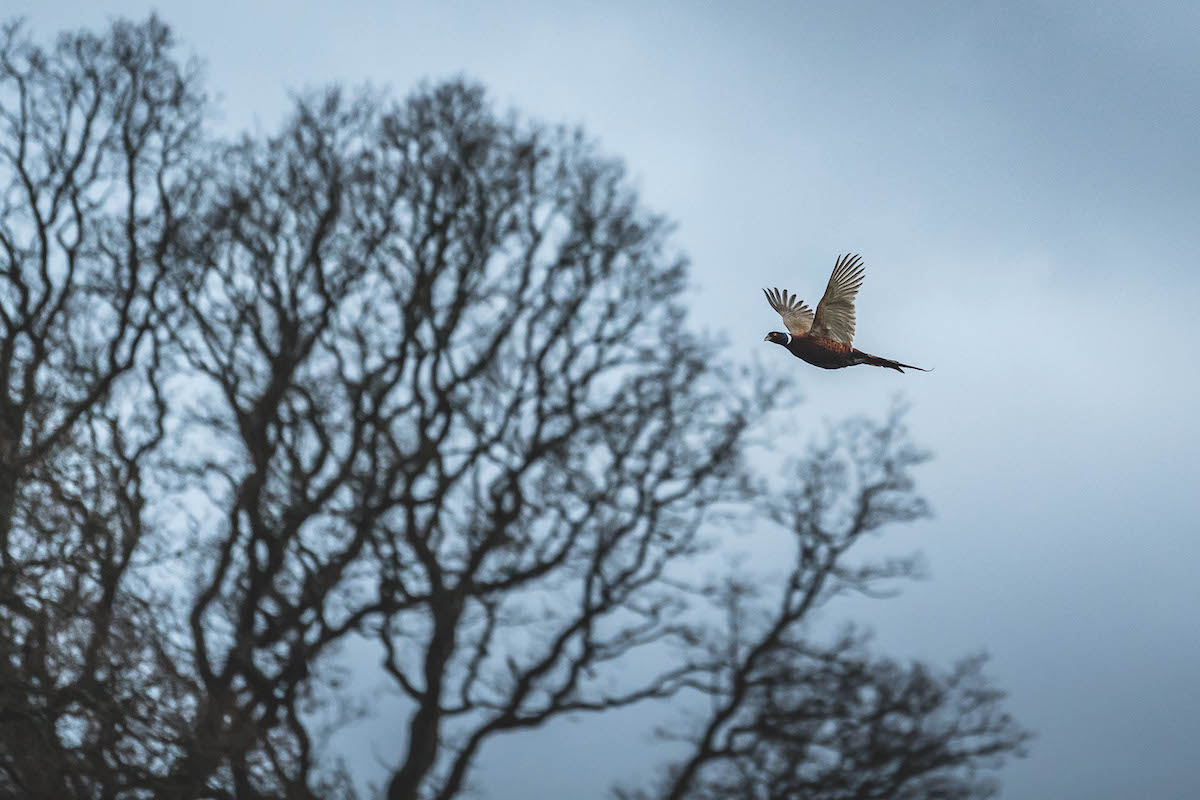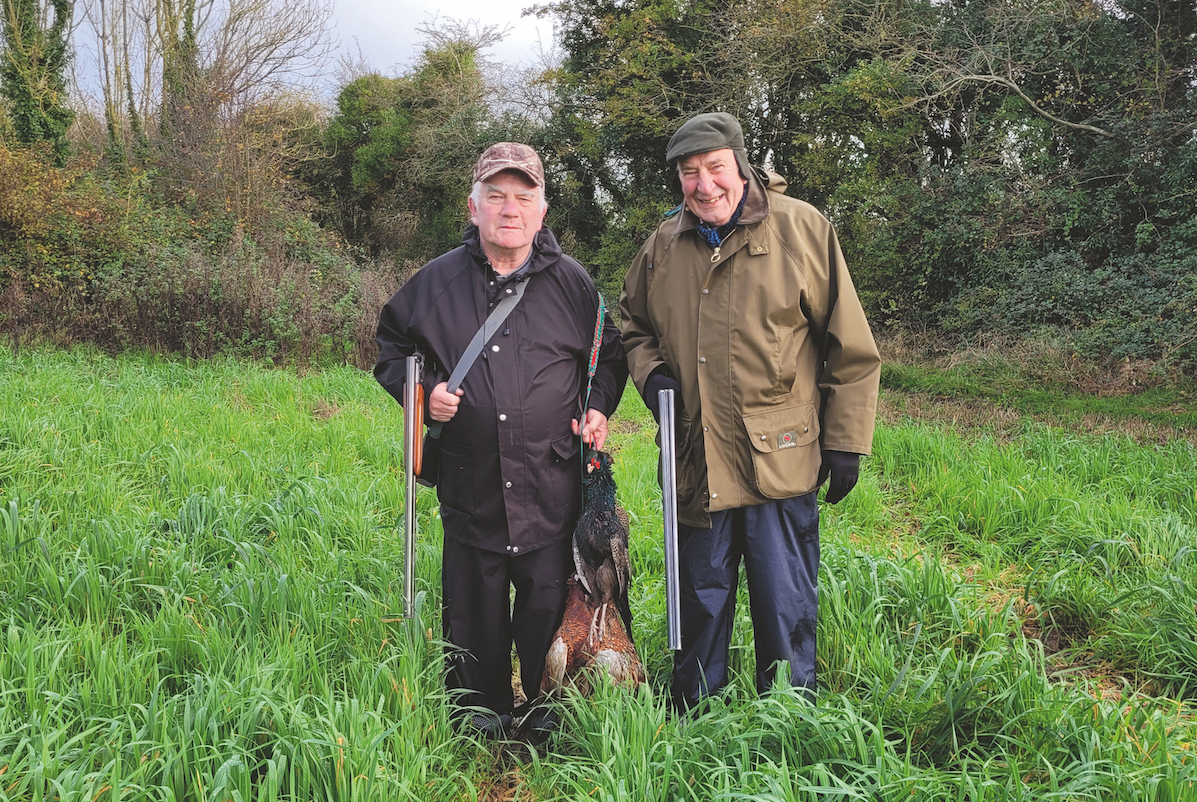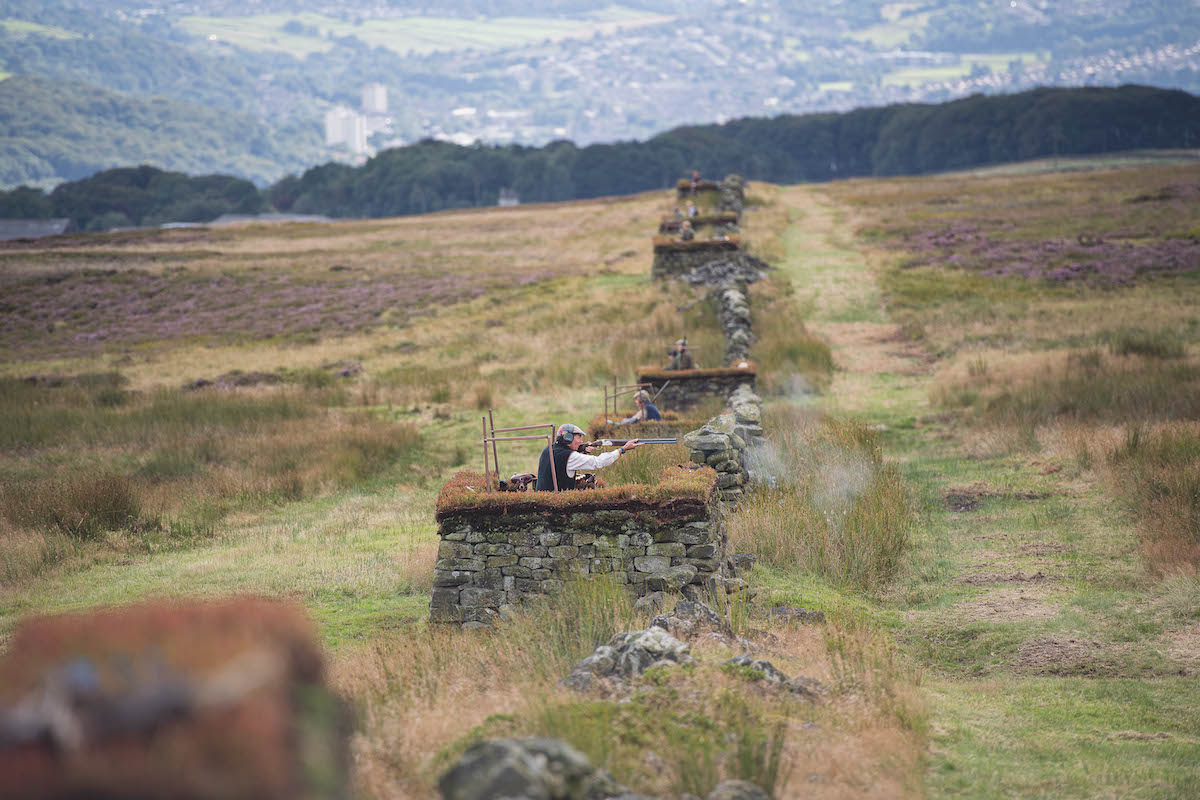Shooting in 2023: what will this year bring?
The shooting community faced a difficult period last year with avian influenza and rising prices wreaking havoc, but what will 2023 bring? Liam Bell ponders the question.

After the disruption of 2020 and the uncertainties of 2021, I was rather hoping that 2022 would have been more straightforward. The game shooting community has had a tough time of things recently and it would have been nice to return to normality. Sadly, outbreaks of avian influenza (AI) and worries about the wider economy have dictated otherwise, making for yet another tough year.
Shooting in 2023
However, the two things that have struck me most about these past 12 months are our sector’s resilience and resourcefulness. The opening up of new contacts and the importing of eggs from the parts of Europe that were relatively AI-free — and the way in which we collectivity adapted to yet more disruption and change — has been quite impressive. But it hasn’t been easy, and the stresses and worries of yet another disrupted season have most definitely taken their toll on game farmers, shoot owners and gamekeepers alike.
I don’t think I can remember a time when so many of my keepering friends were feeling so negative about the future, so worried about the shooting season or generally just feeling down. What was happening on the shoots hit by AI most definitely affected us all.
I think the worry has been even worse than it was in 2020 when the world was struggling with Covid, and maybe that is the reason why. In 2020 we didn’t really know what was coming, but when you have had a taste of the disruption caused by something that is out of your control, you can’t help but worry what is around the next corner — even if there is nothing you can do about it.
The delayed poults from the later than usual hatches that were squeezed in by the game farms to help make up the shortfall in imported eggs and chicks brought mixed results. They most definitely helped some shoots out but they didn’t fly as well as the early ones did. They also caused a few problems when they were mixed in with the earlier birds and either weren’t coloured up properly or just didn’t want to go. (Read Liam’s advice on rearing your own pheasants.)
A couple of lads I have spoken to also put their lower than expected returns down to overshooting their early birds before they were properly hefted in. Having to shoot drives without giving them their usual number of days’ rest and before the birds were properly drawn back in was their only option, because the younger birds weren’t ready to shoot.
It wasn’t something they or their employers wanted to do, but they didn’t have much choice. The hefting was made harder by this year’s unseasonably mild autumn and a huge crop of acorns. It was bound to affect things, and it took a few of the keepers I know close to breaking point. It is a sad truism that you have to work harder in a poor year, and most of us have had to do just that.
A new appreciation
Whether the difficulties of this past season will engender a new or different understanding and appreciation of game shooting in 2023, gamekeeping and all that goes with it remains to be seen, but I am rather hopeful that it will.
Maybe the one positive that will come from this difficult year is that Guns who currently have little understanding of how a shoot runs will start to appreciate their days and sport more. They might come to realise that there is more to a shoot day than simply letting birds go and shooting a predetermined number of them.
What next season and shooting in 2023 will bring is anyone’s guess. There are too many variables and uncertainties at the moment to make that call, but I do hope for the sake of all of us that we can at least start a slow return to more settled times.








